Much like Public Relations, Performance marketing focuses on driving measurable results and optimizing campaigns to achieve specific goals, such as lead generation, sales, or website traffic.
Here are some effective tricks and strategies to enhance performance marketing:
- Leverage Data-Driven Insights
- Use Analytics Tools: Tools like Google Analytics, Facebook Insights, and LinkedIn Analytics provide valuable data on campaign performance. Regularly analyze this data to understand what’s working and what isn’t.
- A/B Testing: Continuously test different versions of ads, landing pages, and CTAs (calls to action) to identify which variations yield the best results.
- Optimize Ad Targeting
- Audience Segmentation: Divide your audience into specific segments based on demographics, behavior, or interests. Tailor your messaging and offers to each segment for better engagement.
- Retargeting: Use retargeting ads to reach users who have previously interacted with your website or content but did not convert. This helps keep your brand top-of-mind and encourages conversions.
- Utilize Conversion Rate Optimization (CRO)
- Improve Landing Pages: Ensure your landing pages are relevant, visually appealing, and optimized for conversions. Test different elements such as headlines, images, and forms to improve performance.
- Simplify User Experience: Make it easy for users to complete desired actions (e.g., signing up for a newsletter or making a purchase) by minimizing friction points and streamlining processes.
- Implement Performance-Based Pricing Models
- Cost-Per-Acquisition (CPA): Focus on CPA pricing to ensure you only pay for actual conversions. This model aligns your spending with the results you achieve.
- Pay-Per-Click (PPC): Utilize PPC advertising to drive traffic to your site and only pay when users click on your ads. Optimize your PPC campaigns to improve your ROI.
- Leverage Influencer Partnerships
- Select the Right Influencers: Partner with influencers who align with your brand and have a strong following among your target audience. Their endorsements can drive high-quality traffic and conversions.
- Track Performance: Use tracking links and unique discount codes to measure the effectiveness of influencer campaigns and assess ROI.
- Optimize for Mobile
- Responsive Design: Ensure your website and landing pages are mobile-friendly. A significant portion of web traffic comes from mobile devices, so a seamless mobile experience is crucial.
- Mobile Ads: Create mobile-specific ads that cater to users on smartphones and tablets. Use location targeting and mobile-friendly formats to increase engagement.
- Use Automation Tools
- Marketing Automation: Tools like HubSpot, Marketo, and Mailchimp allow you to automate email campaigns, social media posts, and lead nurturing processes. Automation saves time and ensures consistent communication.
- Ad Management: Platforms like Google Ads and Facebook Ads offer automation features such as bid adjustments and ad scheduling to optimize performance.
- Focus on High-Quality Content
- Create Valuable Content: Develop content that addresses your audience’s pain points, interests, and needs. High-quality content drives engagement and encourages users to take desired actions.
- Content Personalization: Personalize content based on user behavior and preferences to increase relevance and improve conversion rates.
- Utilize Behavioral Targeting
- Dynamic Ads: Use dynamic ads to show personalized content based on users’ past behavior and interactions with your brand. This approach increases relevance and encourages conversions.
- Predictive Analytics: Leverage predictive analytics to anticipate user behavior and tailor your marketing strategies accordingly.
- Optimize Ad Creative
- Compelling Visuals: Use high-quality images, videos, and graphics in your ads to capture attention and convey your message effectively.
- Strong CTAs: Ensure your ads have clear and compelling CTAs that drive users to take the desired action, whether it’s making a purchase, signing up for a newsletter, or downloading a resource.
- Monitor Competitor Activity
- Competitive Analysis: Regularly review competitors’ marketing strategies to identify opportunities and gaps. Tools like SEMrush and SpyFu can provide insights into competitors’ keywords and ad performance.
- Benchmarking: Compare your performance metrics with industry benchmarks to assess how you stack up against competitors and identify areas for improvement.
- Implement Multi-Channel Marketing
- Integrated Campaigns: Run integrated campaigns across multiple channels (e.g., search, social media, email) to reach your audience at various touchpoints and reinforce your message.
- Cross-Channel Tracking: Use cross-channel tracking to measure the impact of your marketing efforts across different platforms and optimize your strategy accordingly.
- Regularly Update and Refine Strategies
- Continuous Improvement: Regularly review and adjust your performance marketing strategies based on data and insights. Stay agile and adapt to changes in the market and user behavior.
- Stay Current: Keep up with industry trends, new technologies, and best practices to ensure your marketing strategies remain effective and relevant.
By implementing these performance marketing tricks and strategies, you can enhance your ability to drive measurable results, optimize your campaigns, and achieve your marketing objectives.
Kyle Porter is CEO of Virgo PR, a leading PR firm.




